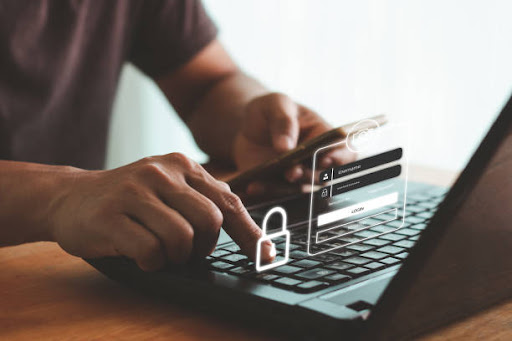The digital system has helped the daily activities of mankind, but it also has attracted the attention of hackers. Regulatory authorities are taking measures to protect the credentials of companies and clients. Businesses have to follow these guidelines to mitigate the risk of fraudulent activities. In 2022, four out of ten users face cybercrime issues; according to research, 70% of people in India face digital scams.
The rising number of illegal activities can be controlled by ID document verification, as fake identities perform most scams. Hackers hack the client’s account, steal their information, and take their identity to commit illicit acts. Verification of documents is the only solution to these crimes.
What Is Document Verification?
Document verification is used to verify the client’s identity by checking their documents and matching them against the previously stored documents in the database of the company. These documents include identity, residential address, utility bills, and bank statements.
How Are Documents Being Verified?
Legal paper verification varies from industry to industry, but most commonly, they are verified in the following steps:
Document Collection
In the initial step, legal papers are collected first; for this purpose, customers are asked to take two or three pictures of the document. Scanned copies of the images are uploaded, and they are checked manually. The image needs to contain all the necessary information and the expiry date also needs to be checked.
For example, a customer may be asked to upload a photo of their identity card or their driver’s license. The documents that contain the right information are immediately accepted, and the process moves on to the next step.
Document Extraction
Documents uploaded by the clients are in a scanned form, and the required information is extracted. The latest Optical Character Recognition (OCR) abstracts and compares the data with the already stored information. For example, if the user has uploaded the image of the residential address, this data is matched against the prior address present in the database.
Document Validation
This step ensures the document’s validity. Papers containing authentic information are verified and then moved to the next step. Any illegal documents or photoshopped images are detected and immediately canceled. Their verification does not proceed further, and they are delisted.
Manual Verification
The document checker’s last step is done manually, in which the papers not containing the required information are asked to be uploaded again. Manual verification is also done by asking clients to upload some more documents. Through this verification, clients are labeled high-risk or low-risk, and the relationship is built accordingly.
High-risk customers can bring losses to the company. Therefore, they are continuously monitored so that they do not get involved in illicit activity or earn money through false ways.
Which Types Of Documents Are Not Accepted In The Verification Process?
The following papers are not accepted during the verification process:
Illegible Papers
A document checker ensures that papers are legible and that their information is correct. However, the image is rejected if the photo is blurry or it is too light.
Incomplete Data
If the client has uploaded only one document instead of two, it will not be accepted. Also, if only one side of a required document is sent, this will also be rejected.
Expired
Expired papers are also not accepted, as they do not contain relevant data.
Not Matched
If the data given by the client does not match that already present in the system, there is no further verification.
Rejection
All the documents mentioned above are rejected due to their false or irrelevant information.
Future Of ID Document Verification
Document authentication has shown remarkable benefits in every industry. Therefore, its demand is continuously increasing. New features are being added to it to make it more adaptable to the increasing nature of the market. These are customizable solutions; that businesses can mold according to their demand.
Conclusion
Document verification has shown tremendous benefits in almost every industry, from onboarding customers to monitoring them; every task is simplified. They can be installed in educational institutes, hospitals, offices, and shopping malls to enhance security. Customer experience is also enhanced as it saves time and helps to satisfy client’s needs, which helps to retain and attract new clients.
A significant rise in the businesses’ profit is also observed as miscellaneous expenses are decreased. Companies can also use document verification on a global level, which is particularly useful if they have offices worldwide. Finally, document scanners allow only authentic clients and partners to become part of the company.
